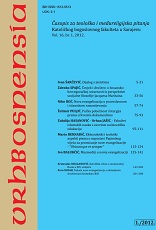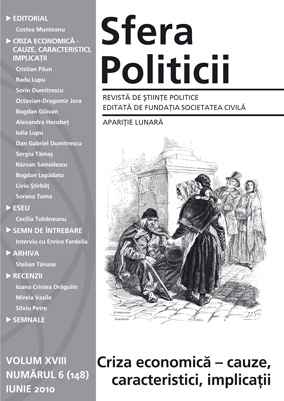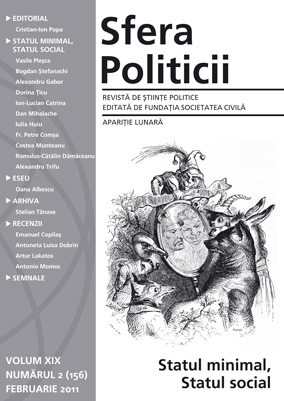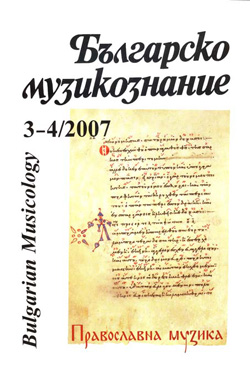








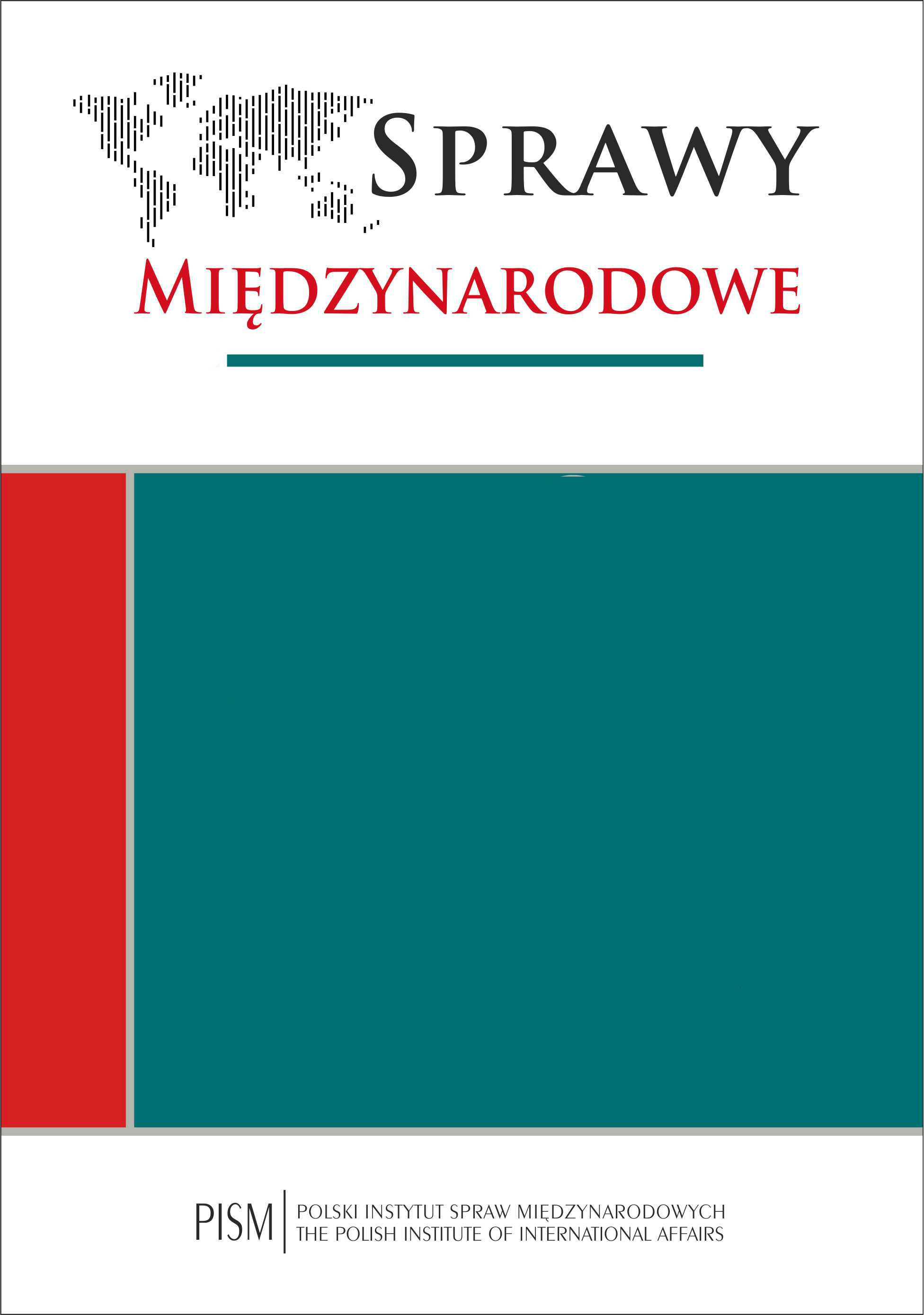
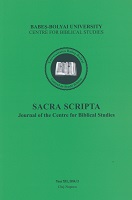

Keywords: Epistle to the Romans; Bornkamm; Old Testament quotations in the New; Romans Debate
This study is a contribution to the never ending issue of New Testament Studies often referred to as "The Romans Debate": why did the apostle Paul write his Epistle to the Romans? What is the main theme or themes of the Epistle? What are the main problems Paul is wrestling with? Günther Bornkamm, the great German New Testament scholar of the 20th century gave a very interesting answer to these questions: Romans is Paul's theological last will or testament. Bornkamm argues that in this writing Paul brings out again all the main topics and theological reasoning of his previous epistles and treats them again, more clearly, more systematically and therefore brings them to a new level. Therefore - according to Bornkamm - Romans is a compilation or reworking of his previous letters, basically a collection of earlier literary sources. In this study, I try to test the Bornkamm-thesis and see if the treatment of Old Testament quotations (so frequent theological tools in Paul's epistles) supports this hypothesis. If Bornkamm is right, the Old Testament quotations in the passages of Romans where Bornkamm suspects earlier Pauline material will reflect similar treatment of similar OT quotations from earlier Epistles. However if the treatment of illustrative or supporting Old Testament quotations is different, Romans can be read as an independent writing that reflects new historical and theological problems to which Paul has to give new solutions. The result of this special investigation can be found in this study.
More...
Keywords: Spiritual Gifts; Church; New Creation; Koinonia
As a contribution to the emerging dialogue between Protestant and Pentecostal academic theology this paper is discussing the question about the constitutive role of charismatic manifestations for the church in Corinth and possibly for the church in general terms. By verifying the meaning of the key terms that Paul uses to describe charismatic manifestations in Corinth and by analyzing the application of the parable about the body on the church the conclusion is drawn that church local and general can be understood as a charismatic fellowship. According to Paul, manifestations of the Spirit are based on mutual giving and receiving of those who are καινὴ κτίσις and were gifted by the Spirit. This is in line with the Pauline understanding of the church as κοινωνία, as a fellowship of giving and receiving.
More...
Keywords: The Revelation of John; Apocalypse; a sealed book Rev 5. 1; seven seals; Rev 4-5; sovereignty of Christ; symbolic interpretation; patristic exegesis; Victorinus of Pettau; symbolic of testament; biblical science
This article examines various interpretations regarding the book written inside and out and sealed with seven seals (Revelation 5,1) which appears as the central symbol of the fifth chapter of the Revelation of Saint John. The figure of the book continues to be of great interest to commentators who find ever new interpretations of the passage. The author of this article has tried to collect these various interpretations and order them into three major groups. At the same time, the author was guided in her choice of these interpretations by the factor of their presence in the patristic tradition. The first group of interpretations points to the Old Testament. The meaning of the Old Testament is opened by Christ and through the figure of Christ becomes understandable. The second group of interpretations envisages the book as holding those things which pertain to the final fate of the world given over to Christ who appears as the fulfillment of God's plan of salvation and the master of destiny. In the third interpretation, the sealed book represents the divine testament which is inherited by Christ who accepts death for mankind. The author wishes to highlight a certain chain of borrowings linking the various interpretations as well as a certain planned inter-coordination of all these interpretations of the passage. The author concludes that in spite of the apparent differences between the various interpretations, they nevertheless share some common points which result from their thematic intertwining.
More...

Keywords: Matthäusevangelium; neutestamentliche Ethik; sozialwissenschaftliche Exegese; Konflikt; Liebesgebot; Pharisäer-Bild; Heuchelei; Weherufe; mirror image – Effekt; sozialkonstruierte Ethik
Anhand der matthäischen Polemik gegen die Pharisäer wird in dieser Studie versucht, die Auswirkungen der sozialen Kräfte auf die Herausbildung der neutestamentlichen Ethik nachzuweisen. Matthäus schafft als einziger Evangelist einen polemischen Rahmen für die Darlegung des Liebesgebotes (22,34-40). Der hupokrisis-Vorwurf bekommt in der matthäischen Umdeutung den Sinn „Lieblosigkeit“ und bildet dadurch das Gegenteil zum Liebesgebot, das Matthäus besonders in Kap. 18 und 23,8-12 seiner Gemeinde als Verhaltensmaßstab einschärfen will. Selbstbild und Fremdbild werden im Sinne eines sozialpsychologischen mirror image-Effekts gegenübergestellt. Ethische Ansätze entstehen nicht nur durch Übernahme von Texten und Traditionen, sondern auch die gruppendynamischen und die aktuellen sozialen Faktoren (in diesem Fall besonders der Konflikt mit der Synagoge) beteiligen sich maßgeblich an der Entstehung und Gestaltung der christlichen ethischen Identität.
More...